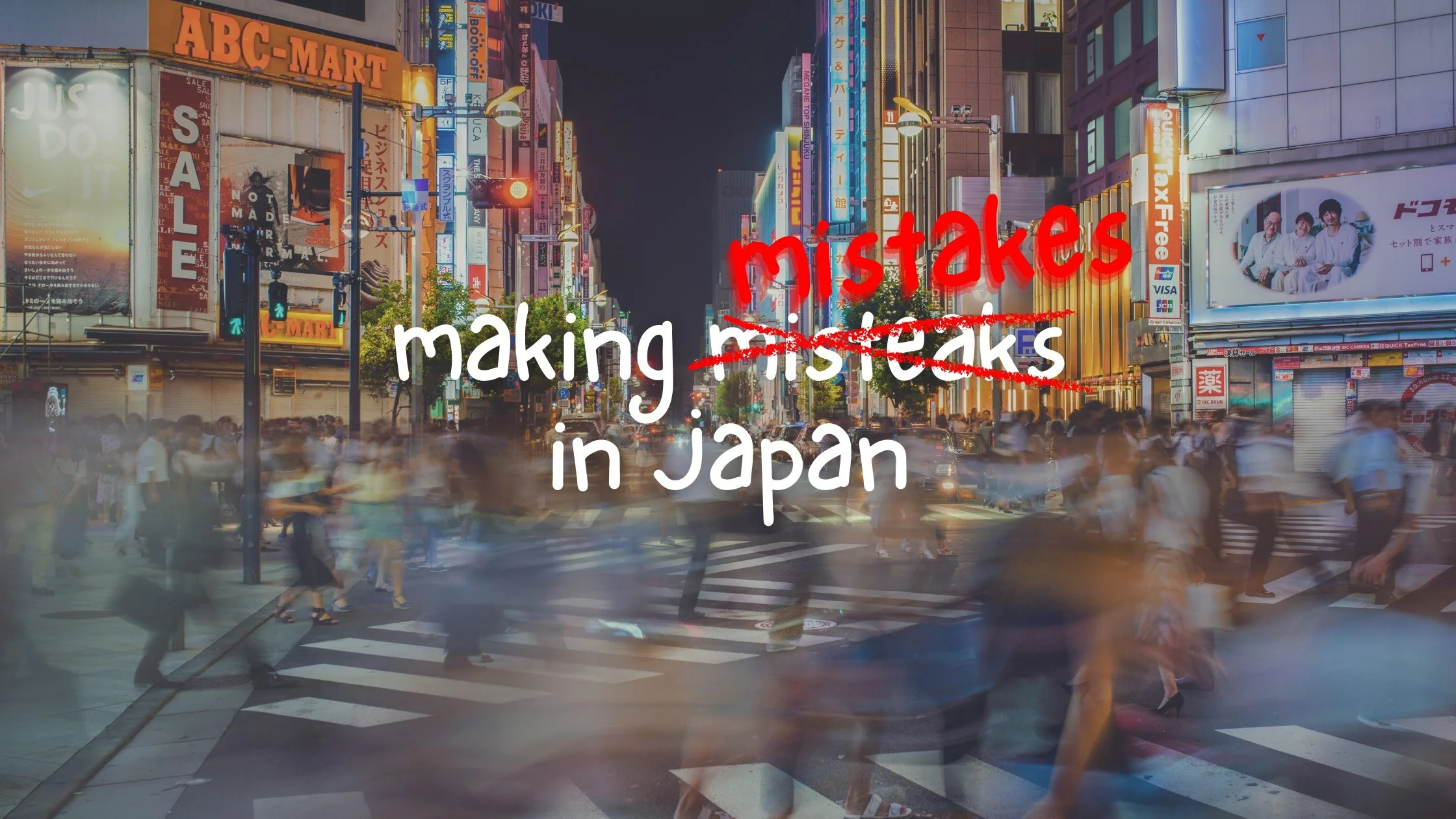Why Even Big Brands Struggle to Localize in Japan – What You Can Learn
Japan is one of the world's most desirable markets: large, affluent, trendsetting, and culturally influential. But it's also one of the toughest for global companies to enter successfully.
Even iconic brands like IKEA, ZARA, and Shein have learned the hard way that what works elsewhere doesn't always work in Japan.
In this Insight, we’ll explore 5 common localization challenges foreign businesses face in Japan. While some well-known examples are referenced, the focus here is on the lessons behind those struggles. These insights can help you prepare your own business more effectively.
Challenge 1: Assuming One Size Fits All
Many global companies try to enter Japan using the same playbook they use in other markets.
But Japan often requires a different approach.
Whether it's product size, design, or store layout, what's standard elsewhere may not be practical or appealing in Japan. For example:
Smaller living spaces affect how people shop for furniture, electronics, and home goods.
Public transportation is the norm. If your product is hard to carry on a train, that matters.
Japanese consumers tend to prefer subtle, well-finished products with longevity, not just trend-based designs.
When IKEA first entered Japan in the 1970s, it struggled partly because its products were too large for typical Japanese homes. It pulled out and returned decades later with redesigned products and smaller-scale stores better suited to Japanese life.
Challenge 2: Thinking Translation Is Enough
One of the most common mistakes is treating localization as a checklist: "add automated translations to the global website, hire a Japanese rep, and launch."
But language is only part of the equation. Cultural messaging, tone, imagery, seasonal references, customer support, and even packaging need to be considered. Brands need to align with their customer.
True localization means:
Understanding local humor, etiquette, and social behavior.
Adapting campaigns around Japan’s unique calendar and cultural practices.
Reworking visuals, taglines, and touchpoints to feel native.
Even globally dominant brands can stumble here. A campaign or slogan that works well in the U.S. or Europe may come off as awkward or overly aggressive in Japan. Investing in cultural insight and creative adaptation is critical.
Challenge 3: Misjudging Consumer Expectations
Japanese consumers are famously discerning. High quality is expected across all price points, and trust takes time to build.
Some common missteps include:
Being overly focused on quick sales or low-cost products without the durability or customer care that Japanese shoppers expect.
Skipping over Japanese consumer insights or failing to meet local quality norms.
Relying too much on international brand recognition or global success as a selling point.
ZARA and Shein both saw opportunities in Japan’s fast fashion space, but their early approaches missed the mark with local expectations. Shoppers were quick to notice inconsistent sizing or quality concerns.
Without addressing these local priorities, global success doesn’t automatically translate.
Challenge 4: Using Western Retail Formats Without Adjustment
The traditional big-box store doesn’t always fit in dense Japanese cities, and online shopping habits in Japan differ from other countries.
Some key differences:
Japanese consumers are often cautious with new brands online.
Physical stores, pop-ups, and hybrid experiences still play a major role in discovery and trust-building.
Small-footprint stores with curated selections may be more effective than large showrooms.
Brands like IKEA, which learned from its earlier missteps, now offer urban-format stores and delivery services better suited to Japan’s infrastructure.
Meanwhile, companies relying solely on e-commerce, like Shein, have had to work harder to build trust with Japanese customers.
Challenge 5: Overlooking the Importance of Local Partners
Many companies underestimate how different Japan's logistics, regulations, retail infrastructure and consumer expectations are. Having a local partner isn’t just helpful, it’s often essential.
Without strong local insights, foreign brands may:
Struggle with delayed shipping, complex warehousing, or uncompetitive pricing.
Miss opportunities to engage with local buyers or retail platforms.
Misinterpret cultural nuances in marketing or product presentation.
IKEA’s re-entry into Japan was backed by years of research and collaboration with Japanese experts. For today’s smaller brands, partnerships might look different: digital support, marketing partners, or online shop advisors can play the same role in helping avoid costly mistakes.
Takeaway: Japan offers big rewards, but only to brands that take localization seriously.
It’s not about making small tweaks or assuming that success elsewhere will translate. The most successful companies in Japan are the ones who invested the time, adjusted their approach, and entered the market with humility and curiosity.
For smaller and mid-sized brands, learning from these examples can help you prepare smarter and more sustainably for the Japanese market.
Need help localizing and navigating your approach for Japan? Our team specializes in helping overseas brands create localized strategies that actually work. Feel free to get in touch with us!








